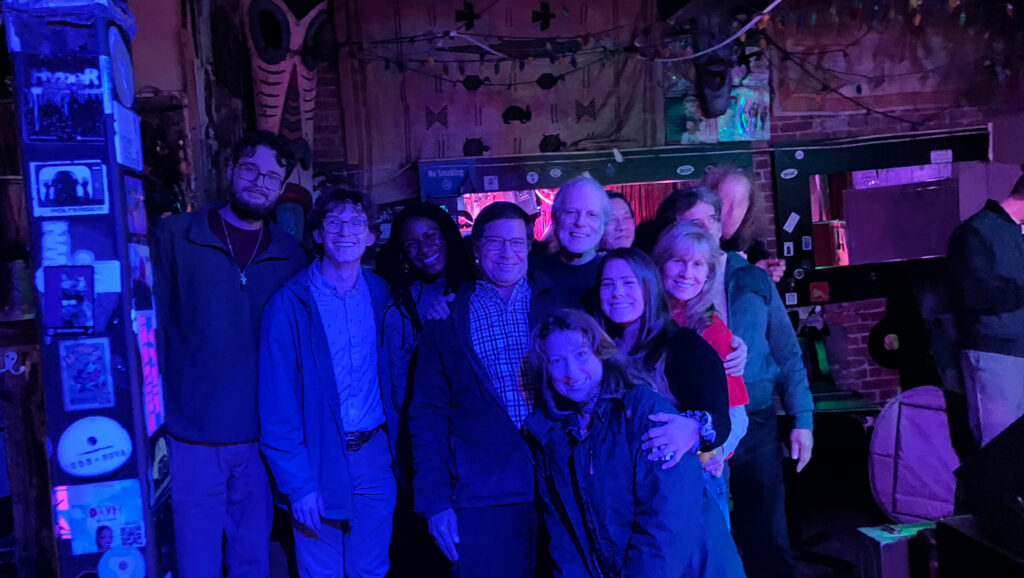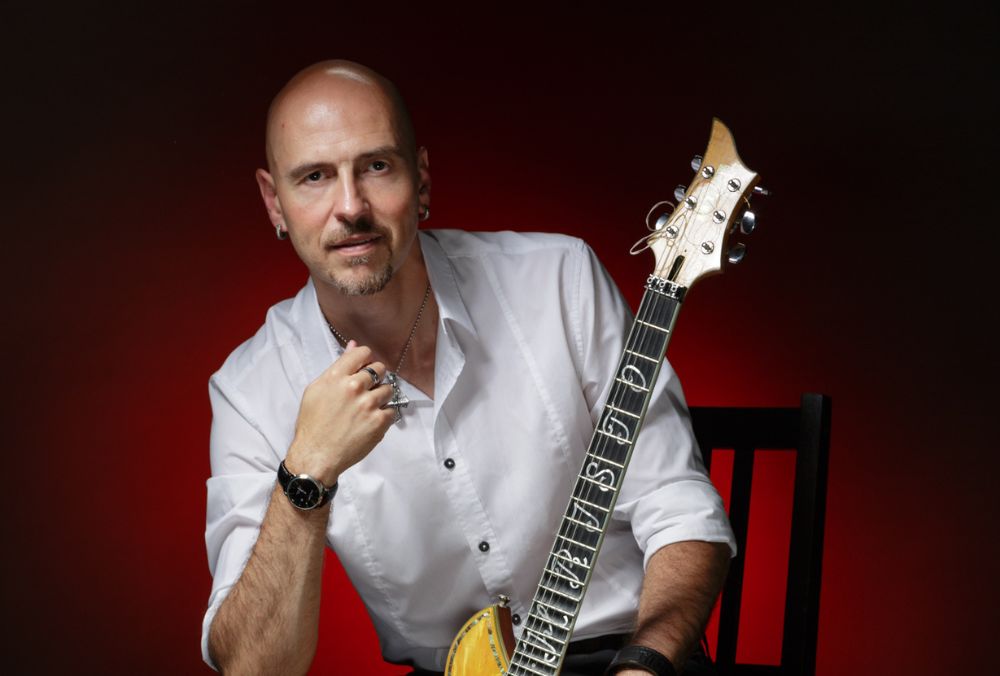On May 6th, Sandy Ortega will take the stage at The Shrine in New York City—a venue known more for its cultural eclecticism than its acoustics—to perform a set of original Spanish guitar compositions. It’s a modest hour-long show from 7 to 8 PM, but one that carries the weight of over a decade of practice, cultural immersion, and an artist’s steady climb through New York’s grassroots music ecosystem.
Sandy Ortega doesn’t play the guitar so much as he converses with it. His performances borrow from both classical Spanish forms and gypsy traditions, blending meticulous technique with expressive phrasing. There’s nothing flashy or overwrought about the way he performs; his playing avoids the spectacle of virtuosity for its own sake, instead favoring a more focused, narrative-driven approach. You get the sense that every trill, every rasgueado, every pause has a story behind it.

At the heart of his compositions lies his Andalusian heritage. Rather than modernizing or distorting those roots for mass appeal, Ortega leans into them. The pieces, of which there are reportedly 41 in his repertoire, are built like short stories—some plaintive, some joyful, some shadowed by longing. Without lyrics, Ortega invites his audience to engage with texture and tonality in a way that feels intimate, if occasionally demanding.
The Shrine has become something of a second home for Ortega, with support from sister venue Silvana playing a role in keeping his career moving. This kind of venue loyalty matters. In an age where virality often trumps longevity, Ortega’s path reminds us that artistry can still be community-built, fostered through relationships and repeated stage time rather than a single lucky break.
Still, Ortega is aiming higher. He’s been candid about his aspirations—Carnegie Hall, Sony Hall, Le Poisson Rouge—and his GoFundMe campaign reflects both the costs and ambitions of an independent musician trying to scale up. In the classical guitar world, which remains insular despite recent streaming-era expansions, these venues serve as symbols of artistic legitimacy. Ortega’s work, while polished, remains raw in presentation—a tension that could either propel or restrain him in more formal settings.
The question that looms is whether Sandy Ortega’s music, so rooted in personal history and regional tradition, can translate to larger audiences without compromise. At present, his compositions are best experienced live, where nuances in tone and phrasing can resonate more deeply than they might through digital formats. There’s risk in that intimacy, particularly when building a broader audience. But there’s also a quiet conviction behind Ortega’s approach that suggests he’s playing the long game.
While the performance at The Shrine may not be a turning point in the conventional sense, it is a marker. One more notch on the neck of a guitar that’s already seen countless hours of rehearsal, performance, and reinvention. For those looking to understand what Spanish guitar sounds like when filtered through the lens of personal discipline rather than commercial pressure, Ortega offers a clear answer. Not flashy. Not viral. But grounded, evolving—and worth listening to.







